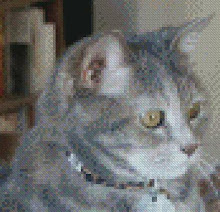The concept behind French landscape painting at this time was very different from the English and German sense of the romantic landscape. Paintings by Gericault's contemporaries Constable and Friedrich are very different in mood. Constable and Friedrich also did more sketching on site and appreciated the natural landscape as a vehicle for ideas and moods.
In keeping with the French desire for classification, in 1708 another theorist divided landscape into two categories:Paysage heroique, high-minded and moral; and paysage champetre, bucolic and more naturalistic. The concept of the sublime was introduced to elevate the status of landscape painting's ability to communicate ideas.
What is sublime? According to the critic Diderot: "all that stuns the soul, all that imprints a feeling of terror, leads to the sublime" (in that case many a horror movie could be considered sublime, and about realistic as many of these paintings!) The author of this bulletin further clarifies with "To stun the soul, to stir the mind . . ." (well that has made it clear as mud!)
The increasing interest in artists going outside, sketching and using these sketches as models for paintings instead of examples of previous artists had some some pundits outraged. After all Poussin, Claude and others had done it right and idealized nature, one couldn't do better. By the turn of the nineteenth century many submissions to the official Salons were realistic landscapes instead of idealized, "composed" landscapes. Fearing moral decline because of this, the government created the Prix de Rome for landscape painters to study in Italy for inspiration of the ideal.
The point is that Gericault went against the current trend of looking around him at nature and went to the old practice of using themes and motifs from other artists to create his Times of Day series.
Much of this article is like a treasure hunt in which experts go looking for precedents for the buildings, figures and themes used in Gericault's Times of Day in other artworks, particulary in prints which are easily accessable to the artist and some are known to have been in his possession.
Subscribe to:
Post Comments (Atom)

No comments:
Post a Comment